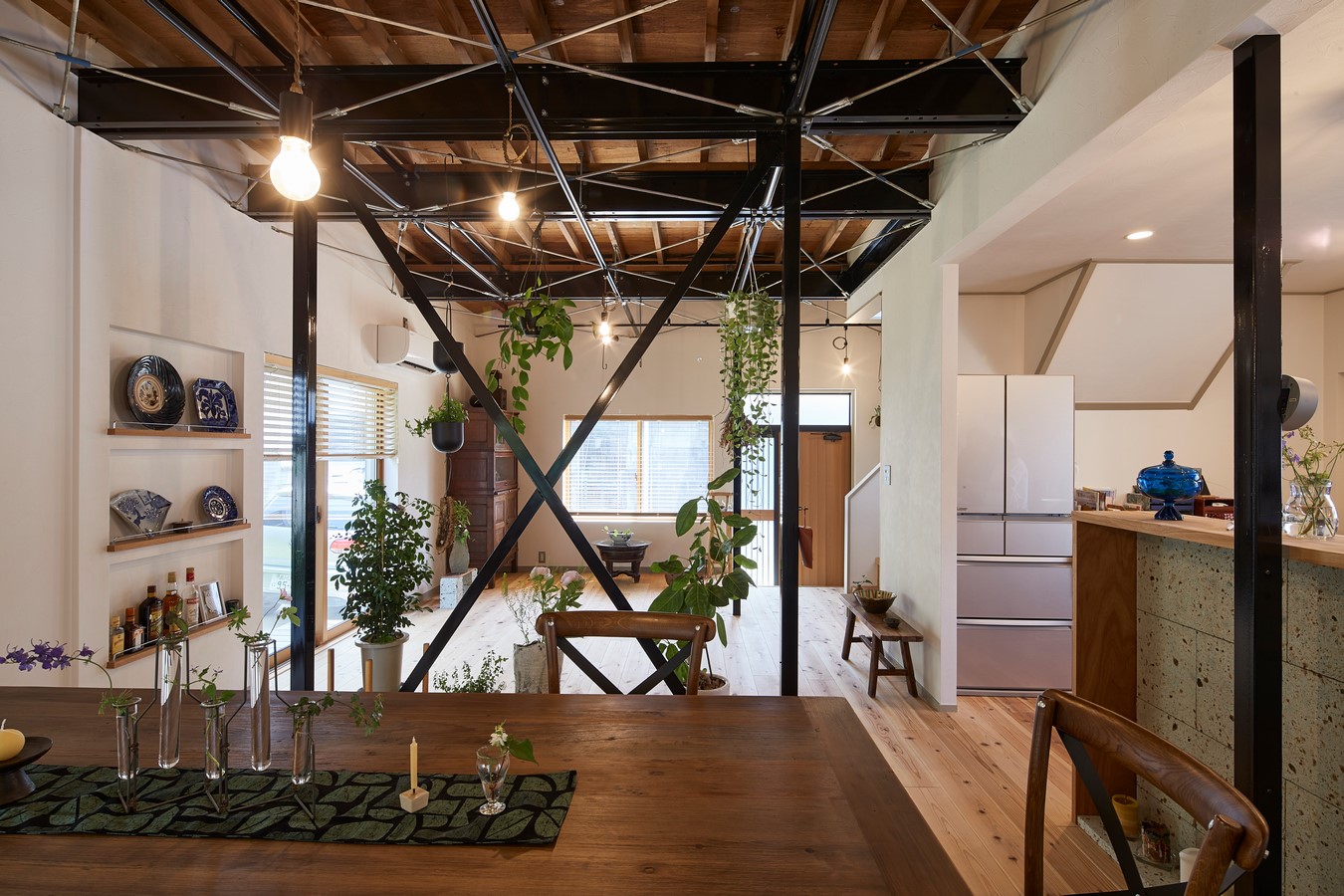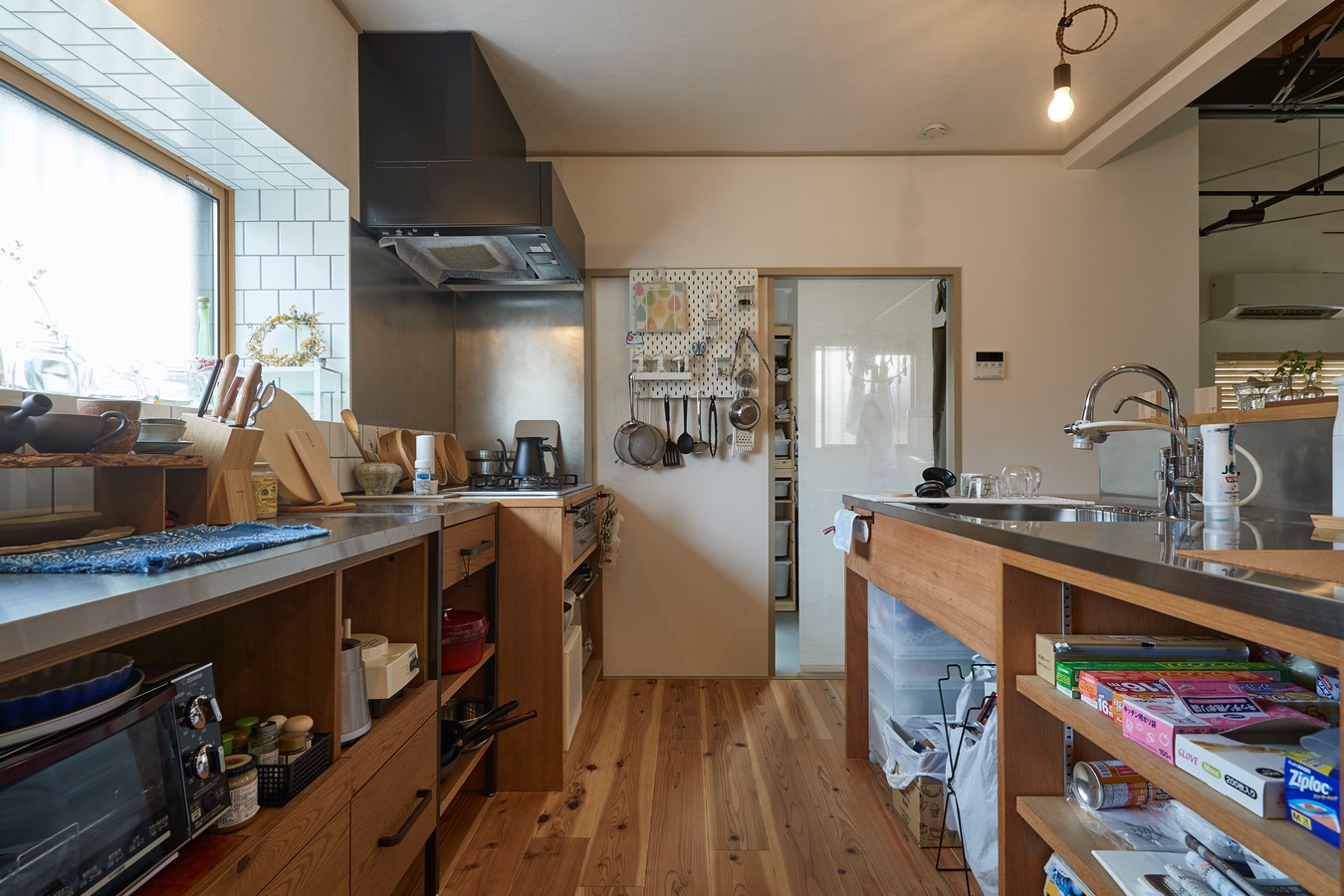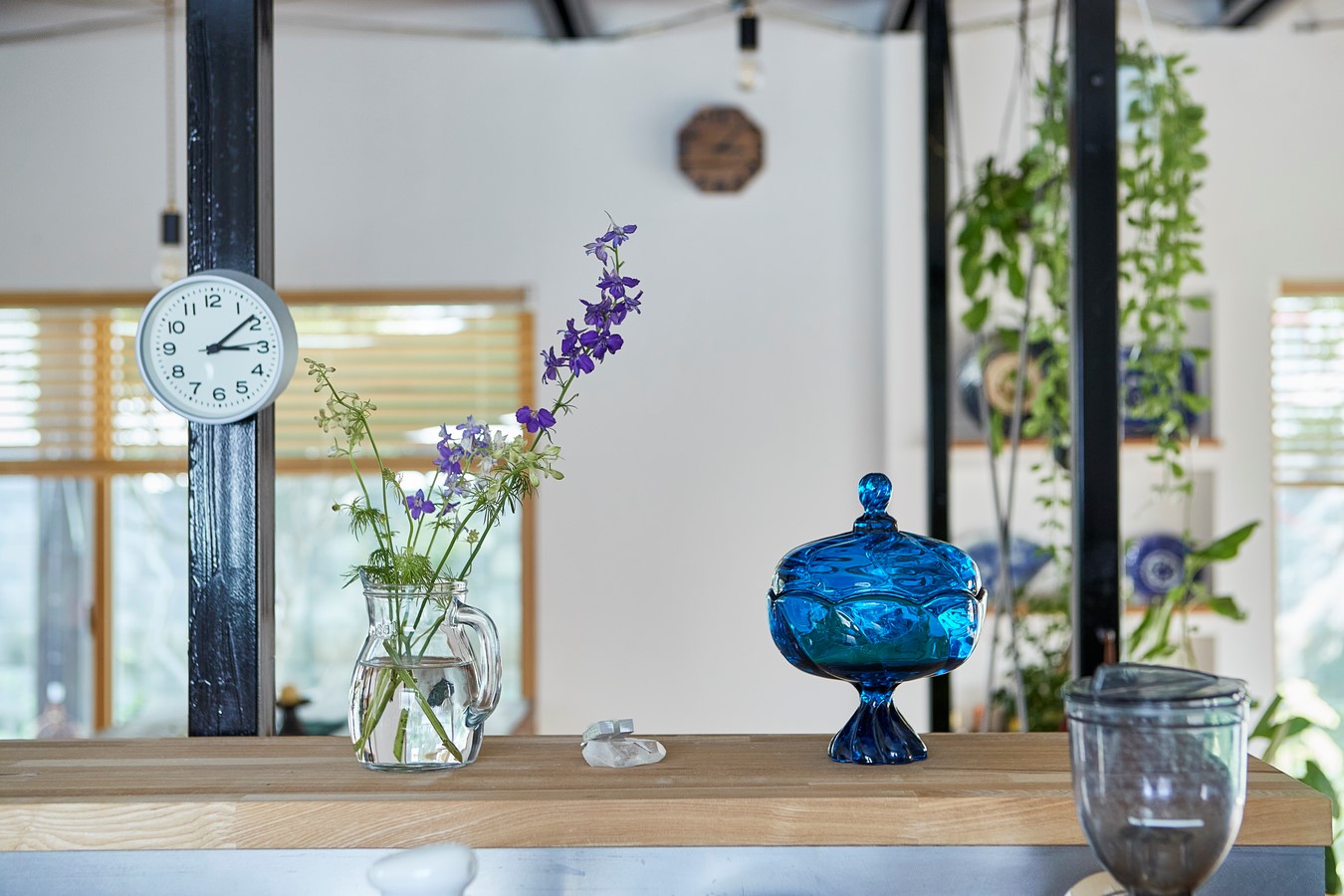Higashihongō is a neighborhood on the north side of Yokohama. The development of the residential area began during the 1960s with a large amount of two-storey houses. After opening the close-by train line, a fast increase in population pushed the administration to heavily invest on new housing construction using quick and low cost modular lightweight metal structures.
Project Name: Higashihongō House
Studio Name: Roovice

As a result, an extended urban aggregation where every building is almost identical to the next one was created, and no real landmark stands out from the mass. The lack of exterior creativity forced the landowner to push the quality enhancement on the character of the interior.
Higashihongō House was built in 1981 and is part of this development context, sharing the same materials and size of the surrounding properties. Roovice carried out its renovation, following the clients’ wish to update the floor plan for fitting it to their needs. The owners are a married couple who inherited the premises from the wife’s side. Having grown up in the house, the main idea was not to build anew, but to modernize the place while preserving the memories experienced inside.

Limited by the available budget, the project focused almost entirely on the living spaces located on the first floor. For the bedrooms upstairs the renovation focused solely on replacing the damaged materials and some minor changes to the floor plan.
On the ground floor, the renovation started by removing all the separating walls to create a whole surface with a continuous flow. To expand the perceived area, the ceiling was also removed which highlighted the exposed simple metal structure. The columns in the center of the plan underwent the same process, previously hidden inside the dividing wall and now working as a threshold between dining and guest room.
The entrance saw the doma enlarging until reaching the north end of the house and covering its pavement with Oya stone tiles. The same tiles are also applied on the added kitchen island located in front of the dining room as a divider of the spaces. A threshold in the ceiling surmounting the counter separates even more evidently the kitchen from the smooth line composed of the guest-dining-living room.

Concluding the first floor, while being completely refurbished, the washroom kept its dimension and the existing openings were replaced with insulated windows to better cope with cold temperatures.
The main changes of the second floor regarded the entrance doors of the bedrooms and the pavement. The formers are now combined with the closets’ sliding panels next to them, generating a single system of movable modules. For the latter instead, a new flooring made of wooden planks matches the plastered walls which reflect the generous amount of natural light inside. The two levels of the house now feature the same wooden pavement which creates a homogeneous calm yet bright atmosphere.





















